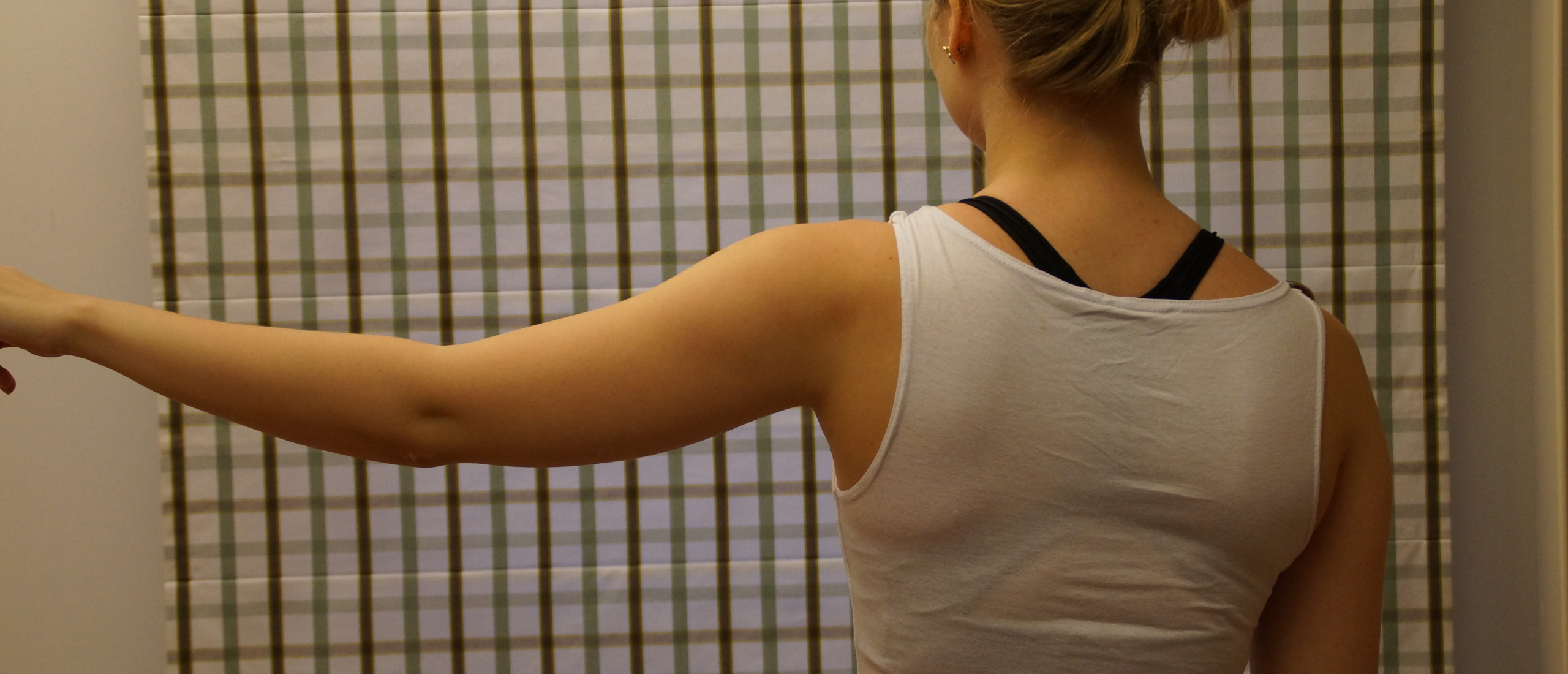
How to differentiate a shoulder bursitis from a tendinosis?
A chronic shoulder bursitis or a tendinosis ?
The clinical image of a chronic bursitis or a tendinosis in the shoulder could be quite similar. That's anatomically also logical because of their close relationship. However, there are soms simple tricks to distinguish the both, so that, at the end, you can optimize your treatment strategy.
How do we distinguish a chronic subdeltoid bursitis from a tendinosis ?
The clinical image of a chronic subdeltoid bursitis and a supraspinatus tendinosis could be quite similar.
In fact this is not very surprising since both structures are anatomically closely connected, so the one can easily affect the other during performing some tests and movements.
In both cases some passive movements may be painful end range (rotations, elevation) as well as some resisted tests (abduction in case of a supraspinatus problem ; lateral rotation in case of a infraspinatus problem).
So, the clinical image could be somewhat confusing.
Orthopaedic medicine is far from an exact science with guaranteed therapy results. I wish :)
Although the Cyriax approach is based on logical interpretation of anatomy, we can't deny the actual views on pain science. Don't underestimate the effect of e.g. central sensitisation. Finding your way in the complex world of musculoskeletal examination is quite a challenge.
I am happy to help you with that! How?
The Mastermind private training in orthopaedic medicine Cyriax offers you the tools you need in your daily practice!
OK, how can we solve the bursitis / tendinosis confusion? Have a look at the film below.
Solution?
Repeat the resisted tests from a lying position and compare with the test result found in the standing position .
As an alternative, we could also perform resisted tests with some traction built in at the arm.
So, if a resisted test in standing is positive, but in lying it becomes negative, or it improves, we don't think of a contractile lesion anymore, but we think of compression on an inert structure, in that case the subdeltoid bursa.
In case of a real tendinitis or tendinosis, resisted tests will be positive regardless from the starting position of the test.
As an extra option you could also perform a 5’ test transverse friction massage onto the tenoperiostal aspect of the tendon and interpret the test result afterwards. In case of a bursitis, there won’t be any change.
